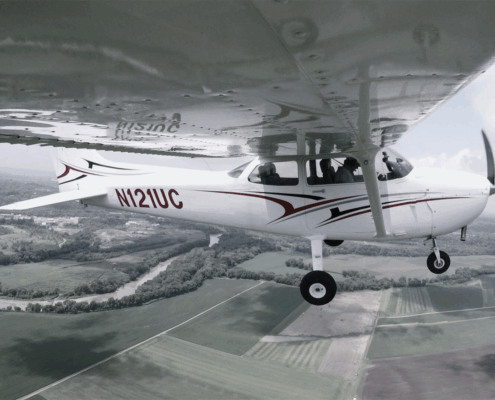
Welcome to IFR Focus: Sharpen Your Skills, Master the System
/
0 Comments
IFR Focus is a new destination dedicated entirely to the art and science of flying in the system. Whether you’re an experienced IFR pilot looking to stay sharp or a student climbing toward that checkride, you’ll find practical content here to help you fly safer, smoother, and smarter.
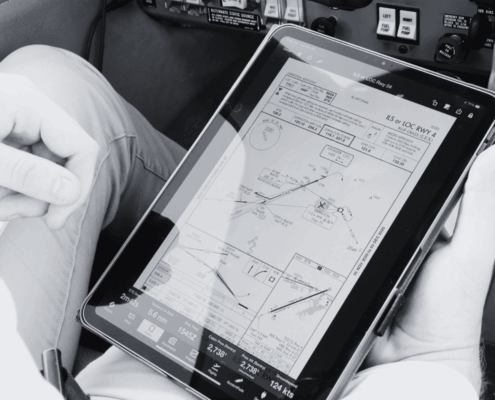
The Art of Briefing the Approach
There’s a lot to keep track of when nearing the initial approach fix or that last vector-to-final. Along with all those numbers for altitudes and courses to fly the procedure, you have things to do to the airplane—like adding flaps and adjusting power. It’s all part of what makes the approach a high-workload phase, so anything to help you get ready before it gets busy is a good idea. And that means being ready for anything. Enter the approach briefing.
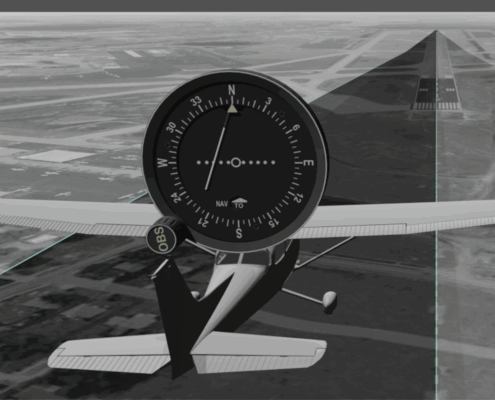
Mastering the Localizer (and Back Course)
Mastering back course approaches is an exercise in situational awareness and instrumentation discipline. Pilots who don’t understand reverse sensing can easily find themselves drifting further from the intended path while chasing a misleading CDI.
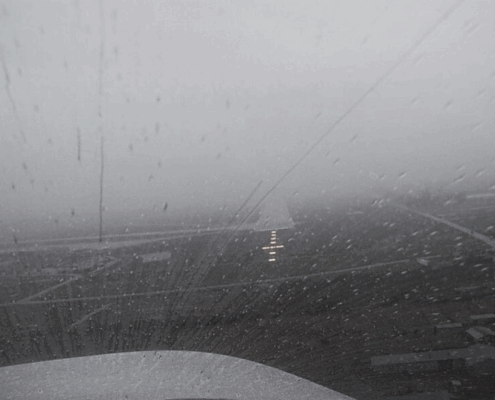
Why Real-World Missed Approaches Feel So Hard
Despite the of precision WAAS approaches, real-time weather apps, and dependable automation, the missed approach hasn’t gone away—it’s just become rarer and, for many pilots, more difficult. In that way, it's a maneuver that tests not just your stick and rudder skills, but your mindset. This article, based on a real-world go-around, shares six rules that can help you stay sharp and stay safe when the unexpected happens.
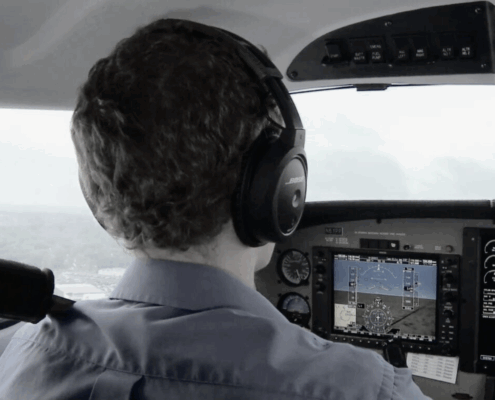
The art of instrument approaches – 7 tips for proficient flying
Instrument training is demanding, but at its most basic the goal is quite simple: keep the wings level and the needles crossed. Do that a few times with an examiner and you can pass the checkride. But if your goal is to use your instrument rating for real (and do it safely), there's a lot more to consider.

What’s in an approach category?
Aircraft fall into one of five approach categories (A-E) based on the aircraft's target final approach speed, or reference speed (Vref). If this speed is not published for the aircraft, then a speed of 1.3 times the stall speed.

Mastering Approach Lighting Systems: Insights and Scenarios for Instrument Pilots
Approach light systems are a configuration of signal lights starting at the landing threshold and extending into the approach area, at a distance of 2,400 to 3,000 feet for precision instrument runways, and 1,400 to 1,500 feet for non-precision instrument runways. Some systems include sequenced flashing lights which appear to the pilot as a ball of light traveling towards the runway at high speed—nicknamed the rabbit.

Practical IFR: “Cleared to Intercept?” A Common IFR Dilemma
You haven’t been cleared for the approach, but the needle is alive and time is short. Learn how to handle this tricky IFR moment without risking a violation—or a missed approach.
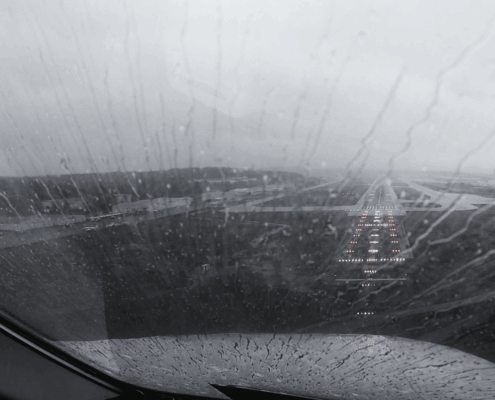
Mastering Approach Lighting Systems: Key Insights for IFR Pilots
Approach lighting systems are critical during low ceiling and low visibility conditions when you must decide whether to continue to land or execute a missed approach. If when reaching the minimum descent altitude or decision altitude on the approach and you have the approach lights in sight, you are permitted to descend to 100 feet above the touchdown zone elevation published for the runway.
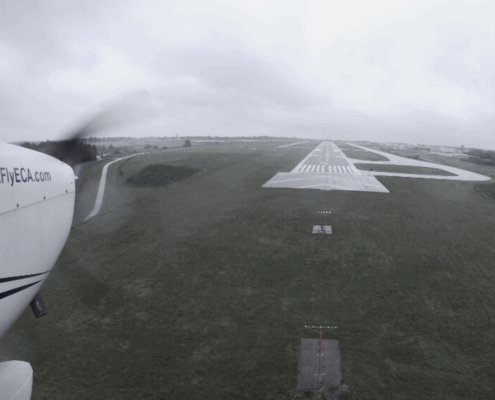
An actual instrument approach to minimums
During your instrument training, you routinely fly instrument approach procedures to “minimums” under simulated conditions. The more likely scenario when flying under instrument flight rules (IFR) is the option to complete the flight under visual flight rules (VFR), flying a visual approach procedure, or flying an instrument procedure in which you acquire the runway visually well above the charted “minimums.”

